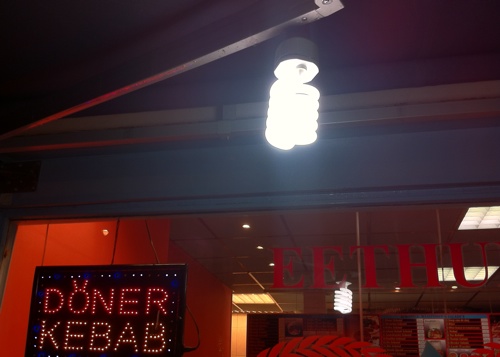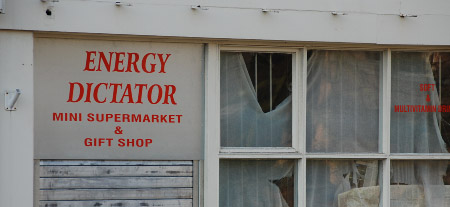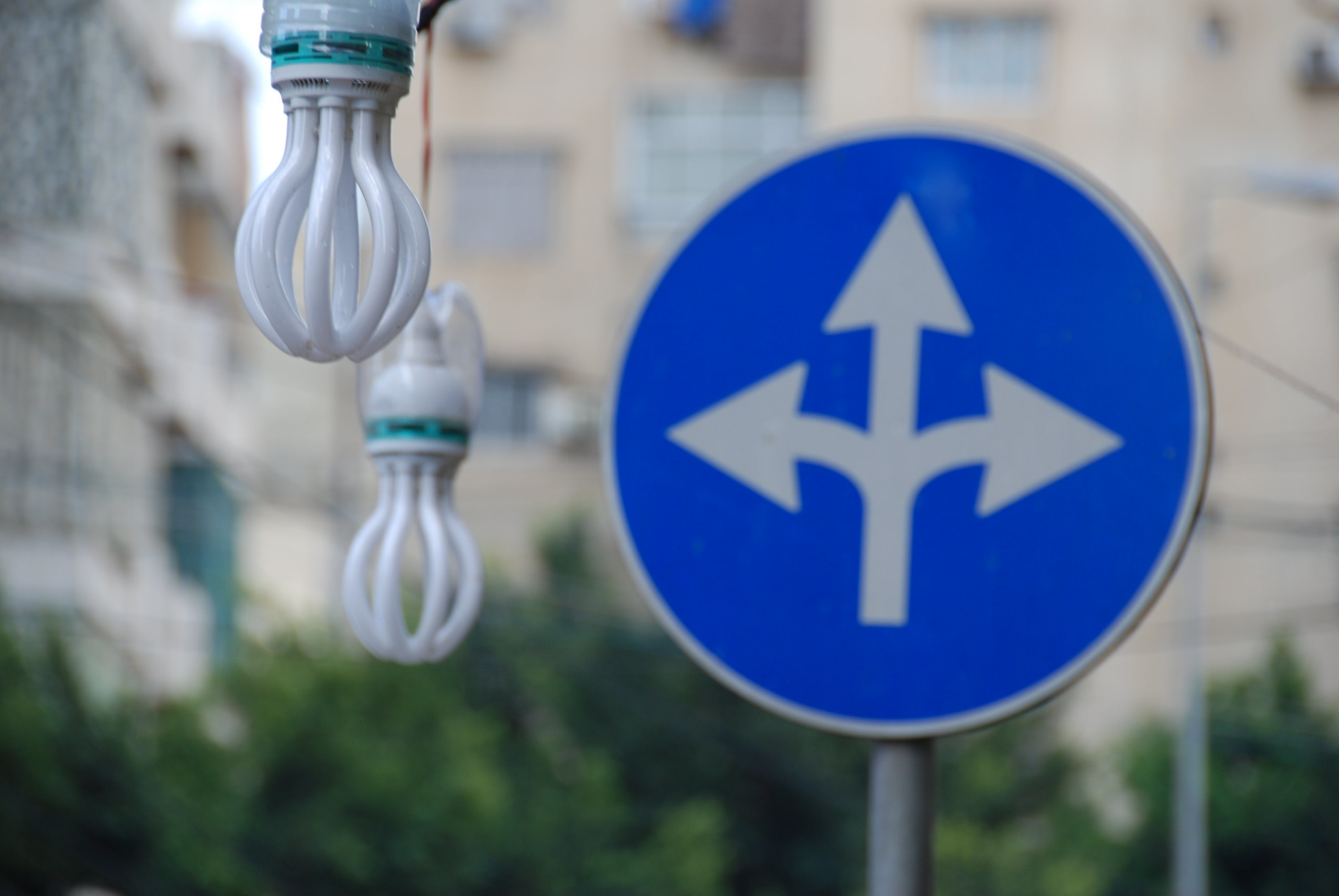Summer reading tip: water, knifes, pistachio nuts and the tragedy of the commons
Here is a suggestion for a bit of summer reading: The first thing that you need to read (in order to polish up your knowledge of the water rights issues connected to the Colorado river, a.k.a the law of the river) is this New Yorker article from back in may: Where the River Runs Dry – The Colorado and America’s water crisis by David Owen.
Once you are done with this you need to aquire a copy of Paulo Bacagalupi’s new novel The Water Knife and find yourself a place with a swimming pool full of crystal clear water and amper supplies of bottled spring water (you can of course read this book in any other setting, but it is much more enjoyable that way). If you want to maximize your reading pleasure/guilt even more you should also make sure that you have a bowl of pistachio nuts at hand.

The water knife
So why the swimming pool and the bottled water? That is because The Water Knife is set in a dystopian near future where the lack of water has lead to ecological disaster, civil war like unrest and massive human suffering in American south west. States like Texas have become uninhabitable with their populations fleeing into neighbouring states which try to keep the refugees away while struggling to provide water for their own populations. Against this backdrop powerful water barons fight over water rights that grant them the rights to tap water from the Colorado river to provide water for giant, fully enclosed private real estate projects. The novel follows the story of an enforcer of one of these water barons (a so called ‘water knife’) as he becomes entangled in a mesh of conspiracy and mistrust in the dying city of phonic, Arizona.
For me The Water Knife excels both at creating a credible near term dystopia and as a thriller (i even liked the ending which is a rare thing with thrillers).
To increase your reading pleasure i would suggest that once you are about two thirds through the book (around chapter 39 or so) you take a break and listen to episode 640 of NPRs planet money podcast: The bottom of the well, in which the planet money team examines the economic effects of the current drought in California. As i listened to the podcast i was rather surprised to find out that some of the elements of Bacagalupi’s novel (public relief pumps, water consultants hawking state-of-the-art technology to reach deeper and deeper into dwindling aquifers) are already a reality in parts of California.
The planet money episode makes it painfully obvious how our economic system (a.k.a. capitalism) is set up to create the economic incentives to deplete scarce water resources in drought stricken areas for private gain (this is the moment where you want to reach for a hand full of pistachio nuts) and is possibly the most vivid explanation of the concept of the tragedy of the commons that i have come across to far.





